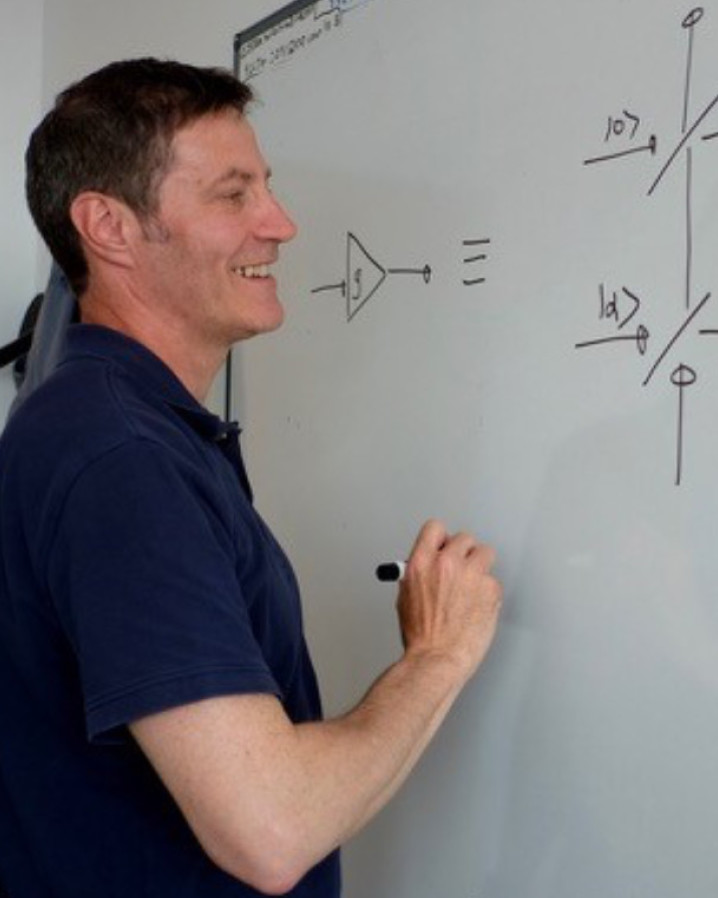
We invite you to join our guest Prof. John Jeffers from the University of Strathclyde, to learn about the concept of Quantum Lidar and about the scientific challenges surrounding this technology.
Quantum Lidar is an extension of the Lidar concept. Lidar uses laser light for detection and ranging whereas Quantum Lidar uses entangled light to illuminate an area and detects reflected single photons to detect the position and the structure of objects.
Quantum Lidar has the potential to offer many advantages including enhanced sensing and precision, covertness and resilience to spoofing attacks. Quantum Lidar is expected to have a wide range of applications from self-driving cars to archaeology and geology, atmospheric science and defence. However, to make quantum lidar viable in the real world we still have to solve many scientific and technological issues such as quantum illumination protocols to allow the signal detection in the daylight or more effective processing methods to turn the information from the returning photons such as phase and return time, into images, in useful time and with adequate resolution.
These challenges may be resolved sequentially or in scientific and technological breakthroughs. We may need completely new approaches to the concept and realisation of quantum lidar. Either way, the technology has a substantial mathematical component, from framework modelling and technology design to signal processing and this is an opportunity for those in the mathematical community who may want to be involved in the Quantum Lidar innovation journey.
For those interested in discussing ideas for collaboration, there will be a follow-up meeting. Please express your interest and we will send out information in due course.
John Jeffers has published widely within theoretical quantum optics. His most well-known work is in the quantum optical theory of dielectrics, in quantum amplification and imaging and in the fundamental topic of quantum retrodiction. He proposed the effect now known as coherent perfect absorption, which was rediscovered and measured ten years later and is now the subject of a significant body of work worldwide. He is currently a member of one of EPSRC’s Quantum Technology Hubs (QuantIC) which was set up as part of the excellent UK National Programme in Quantum Technology. In the first phase of the programme he was also a member of QComm and the science that he did in this area is still continuing. He works closely with experimenters in both Hubs.
Register for this event
Sign up to the mailing list here to receive emails detailing the joining instructions for this seminar, and future seminars in the series.
Please note: that if you have already signed up to the mailing list for previous seminars then you will be automatically included in correspondence for this and future events in this series. If you would like to be removed from the distribution list please email.


